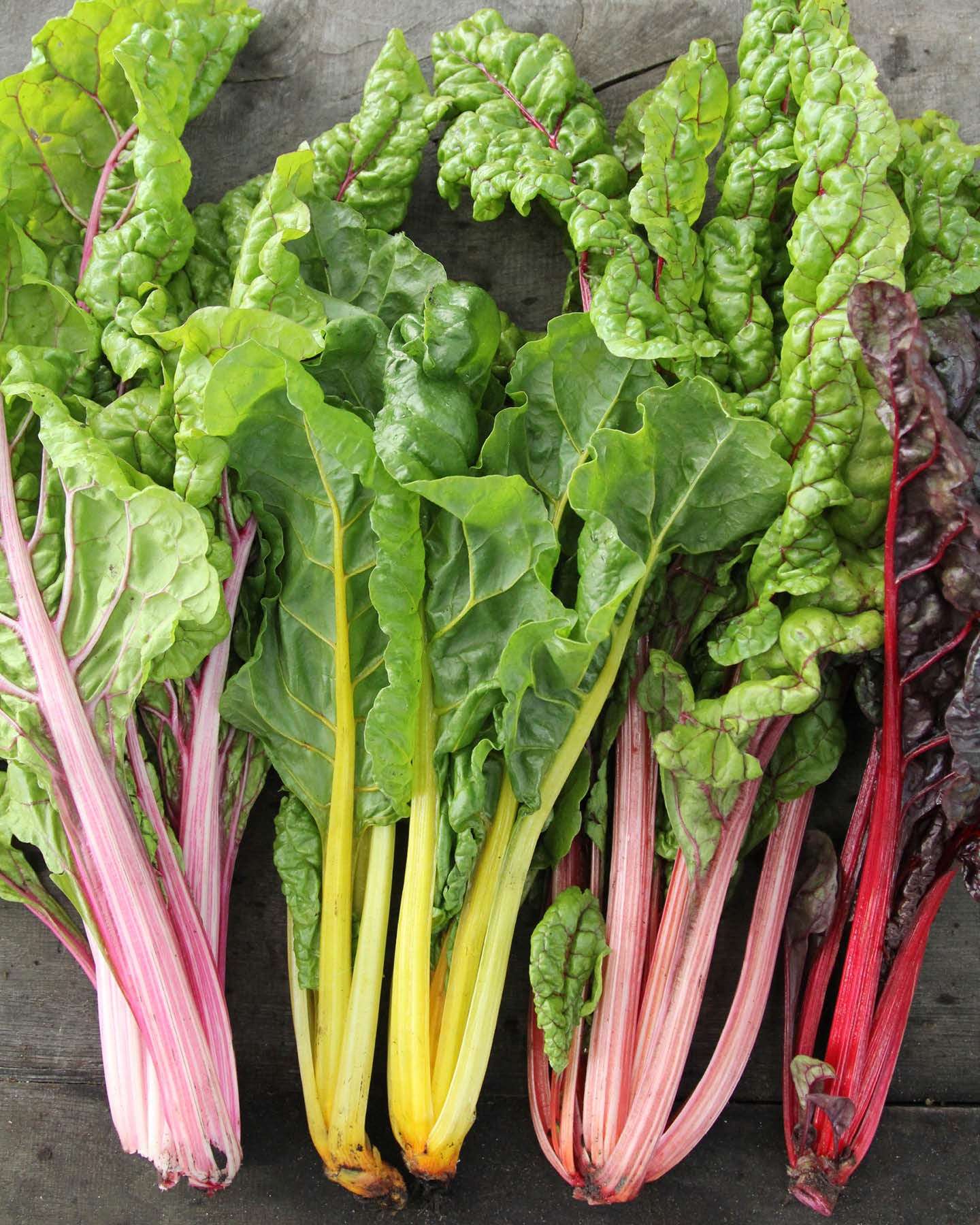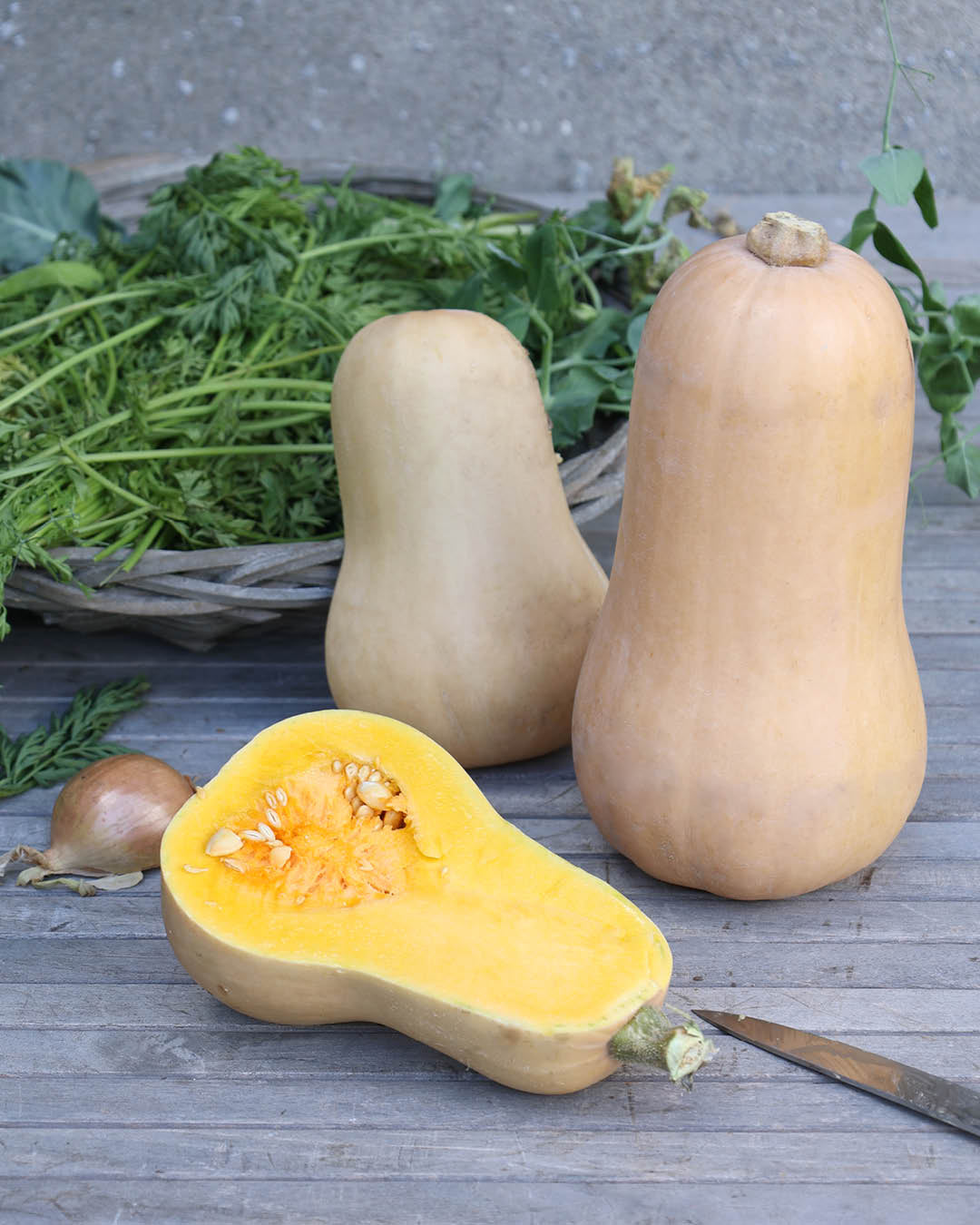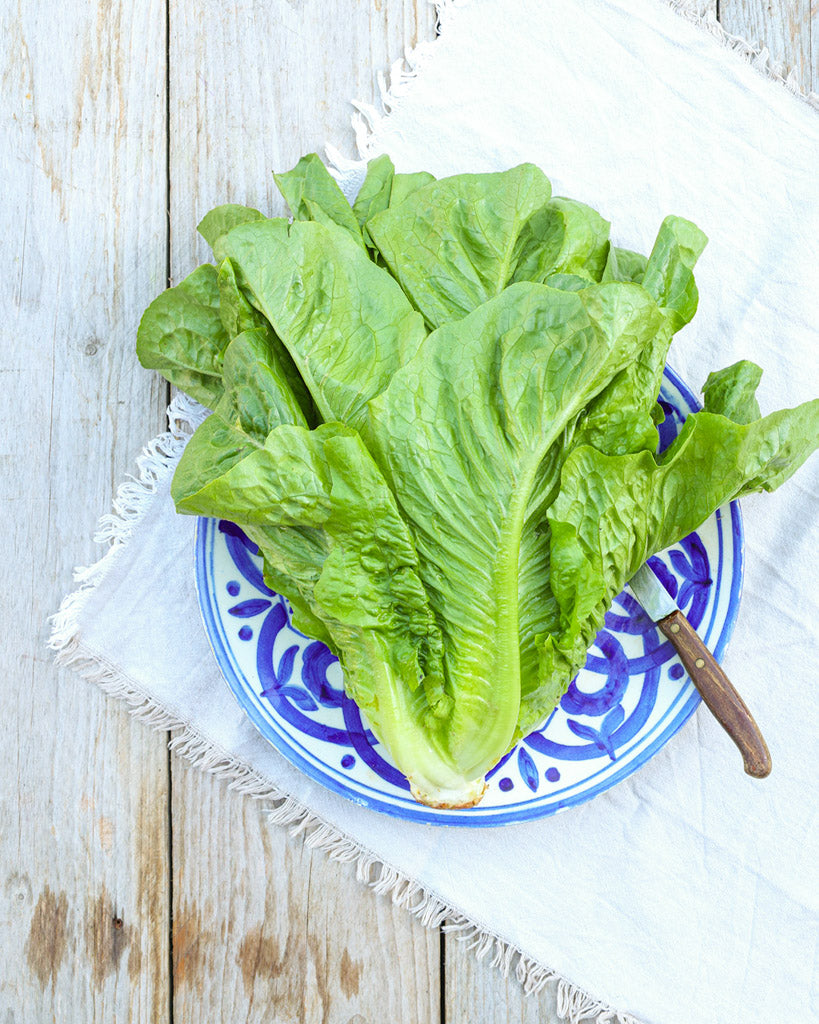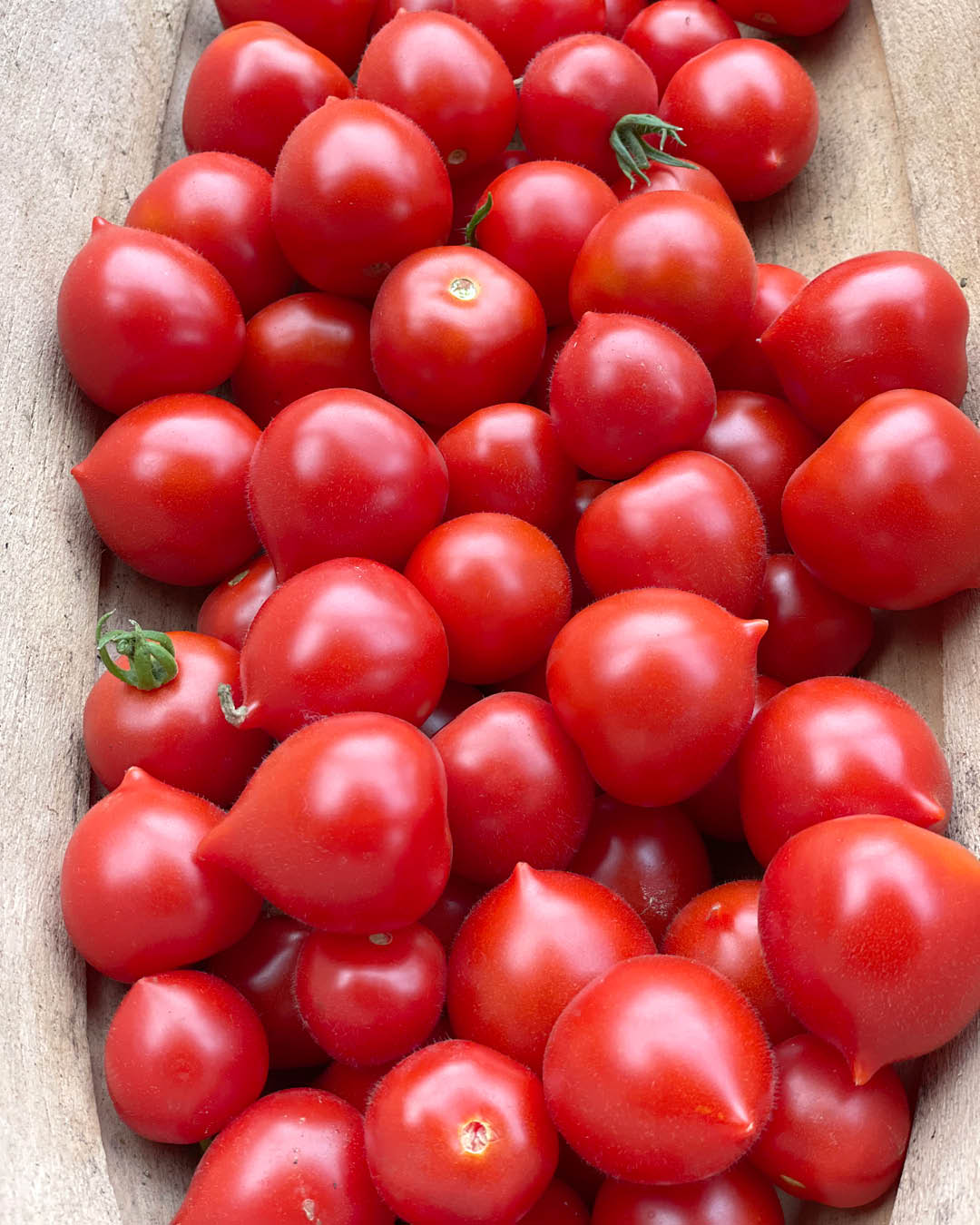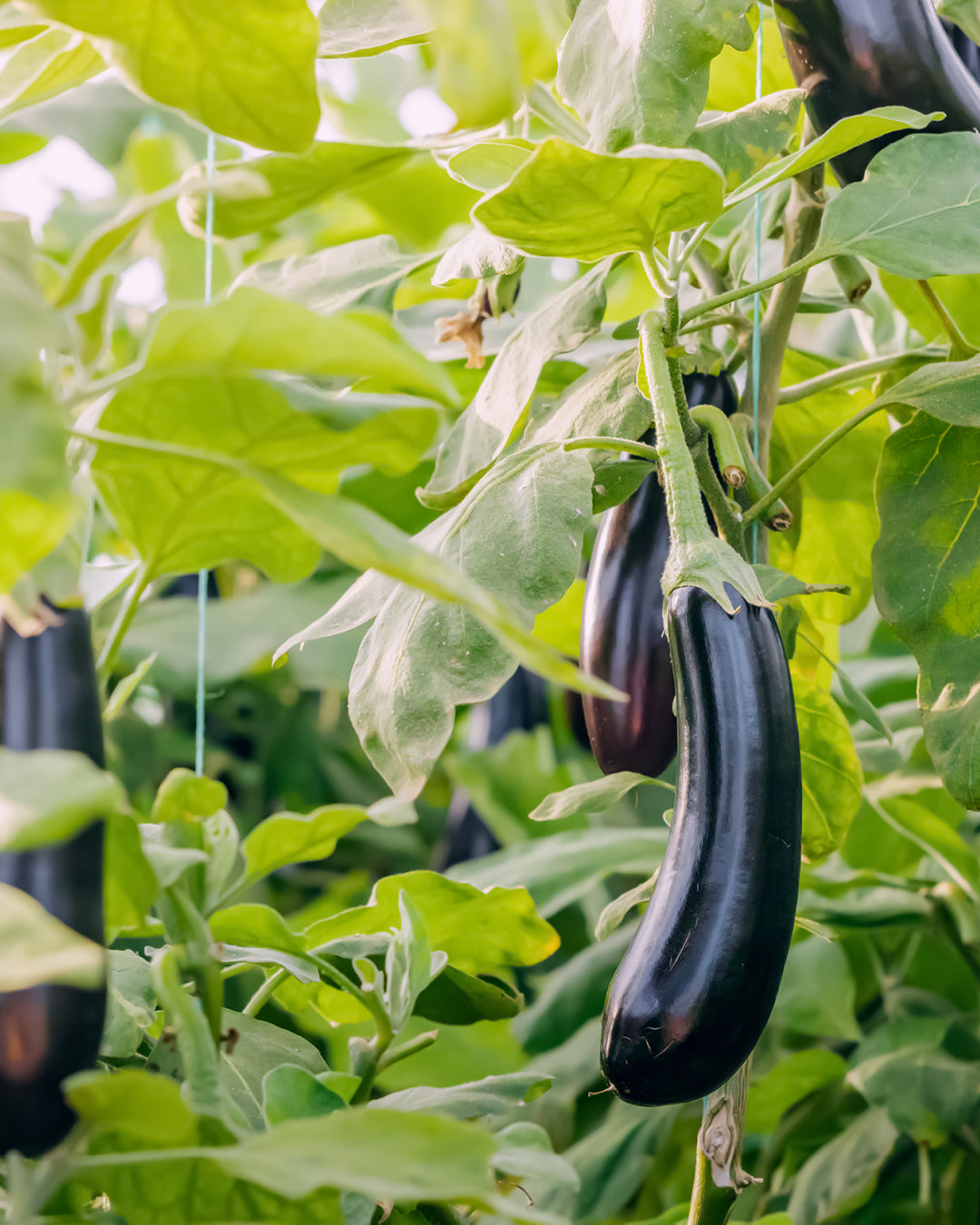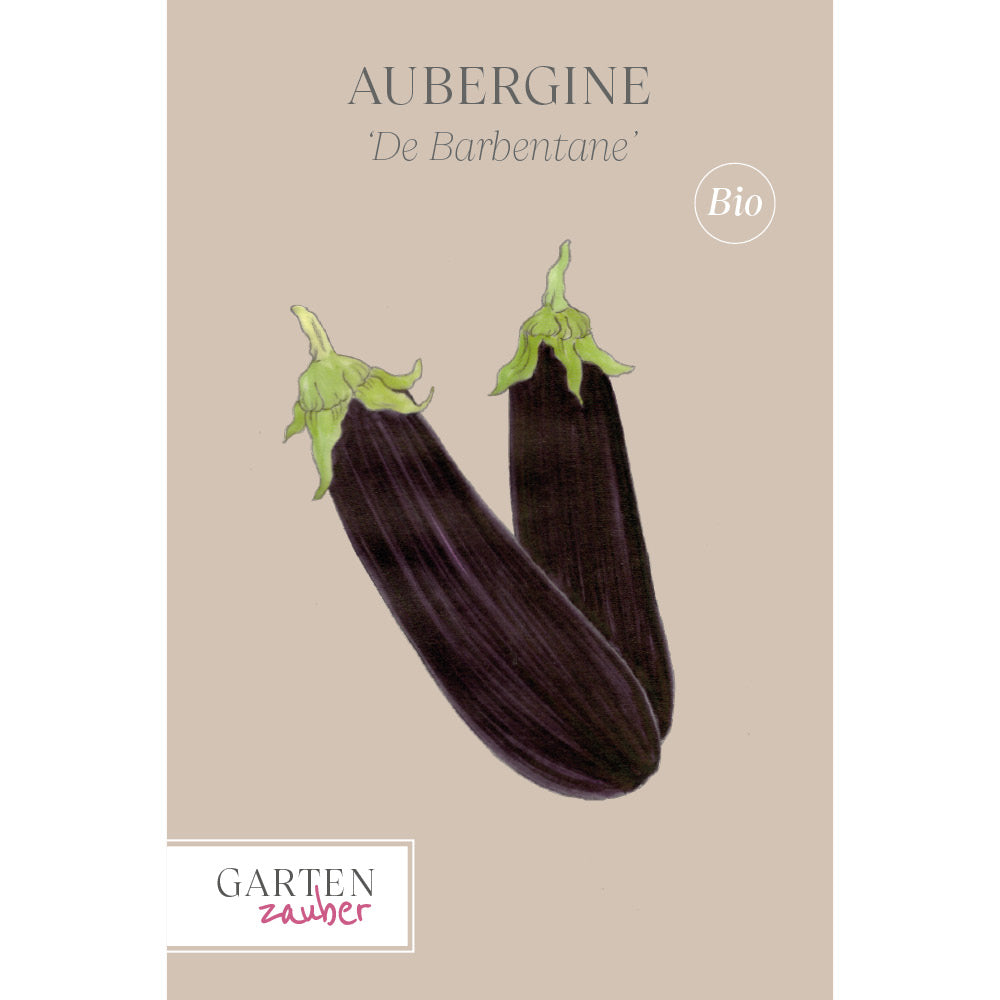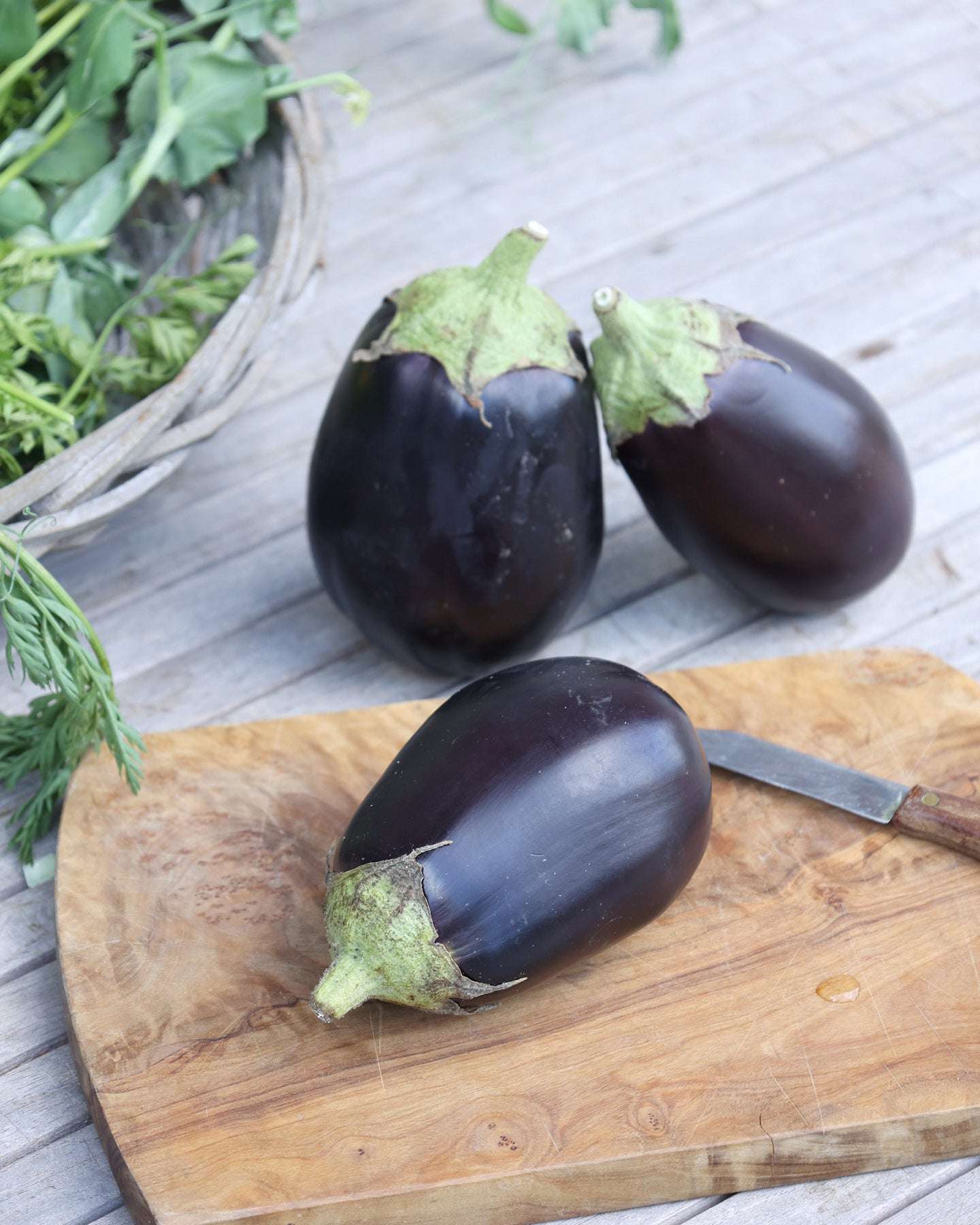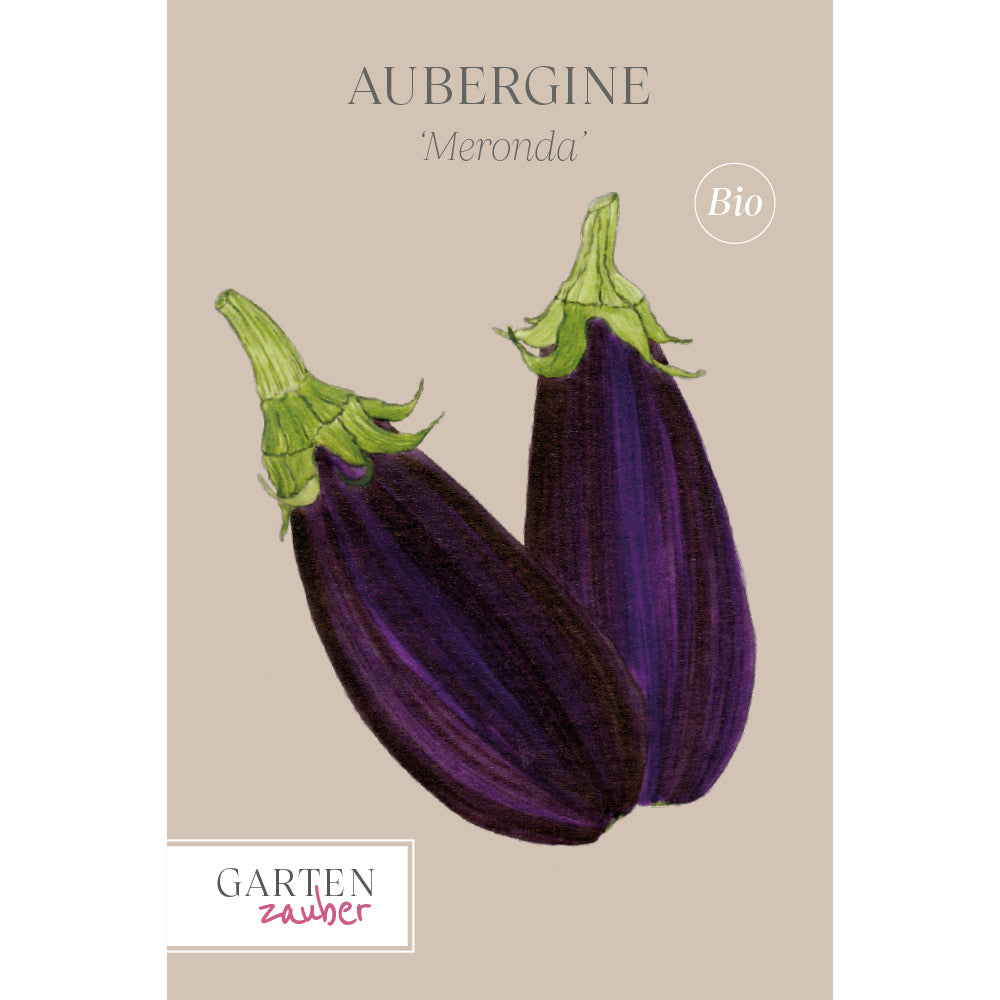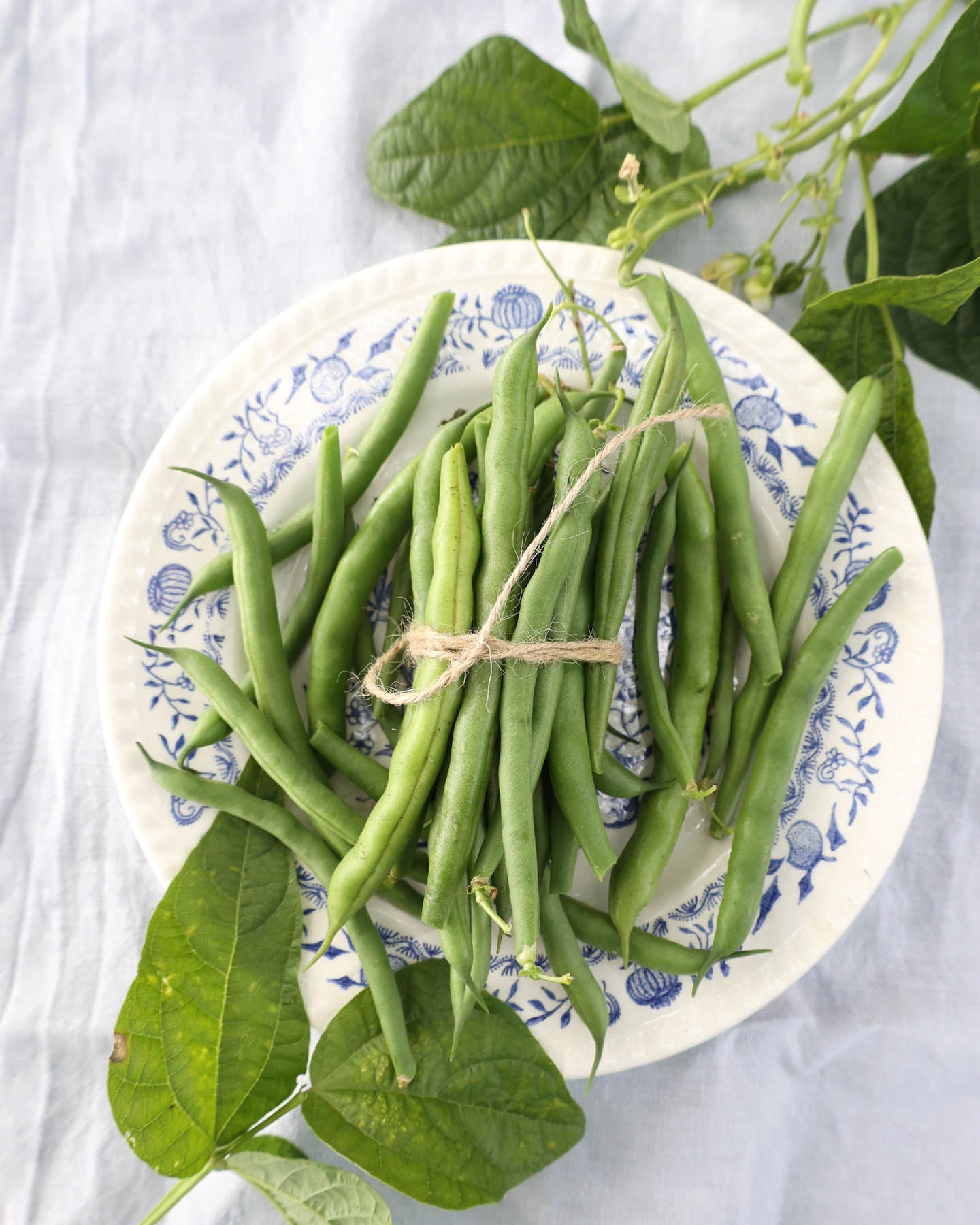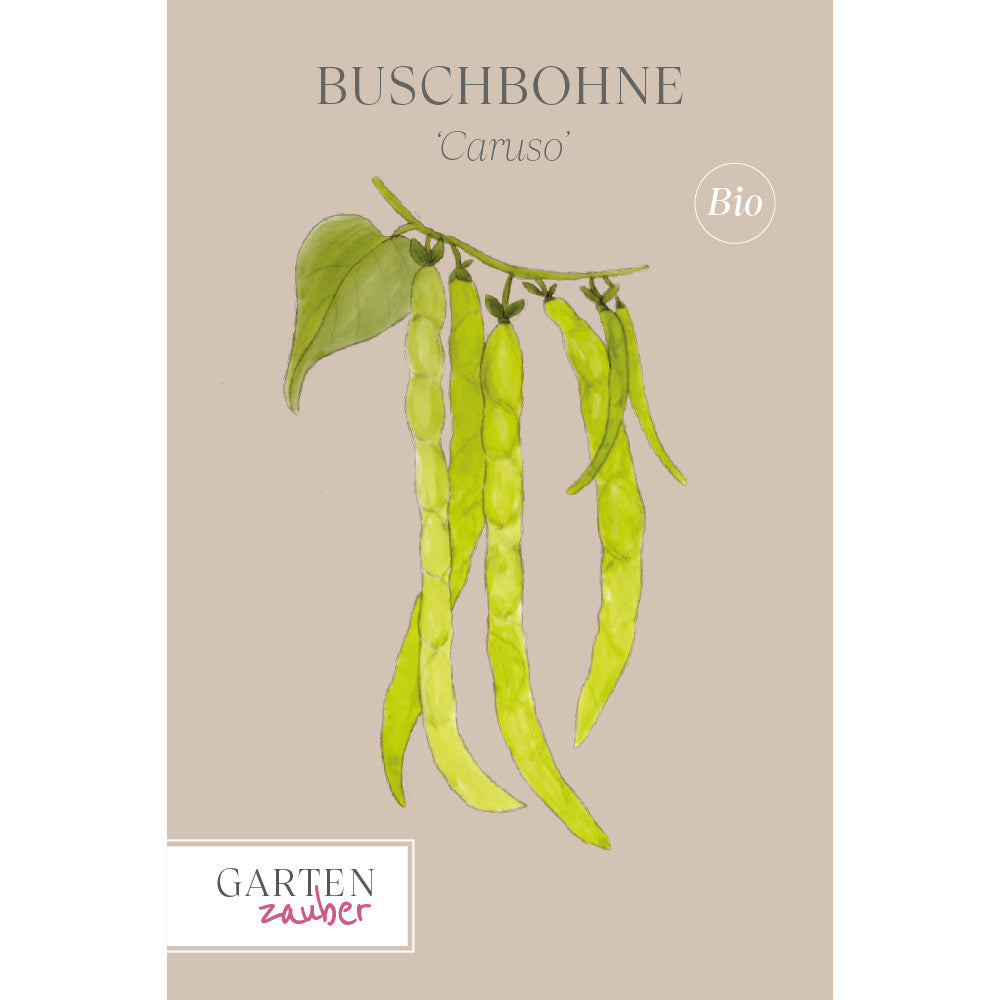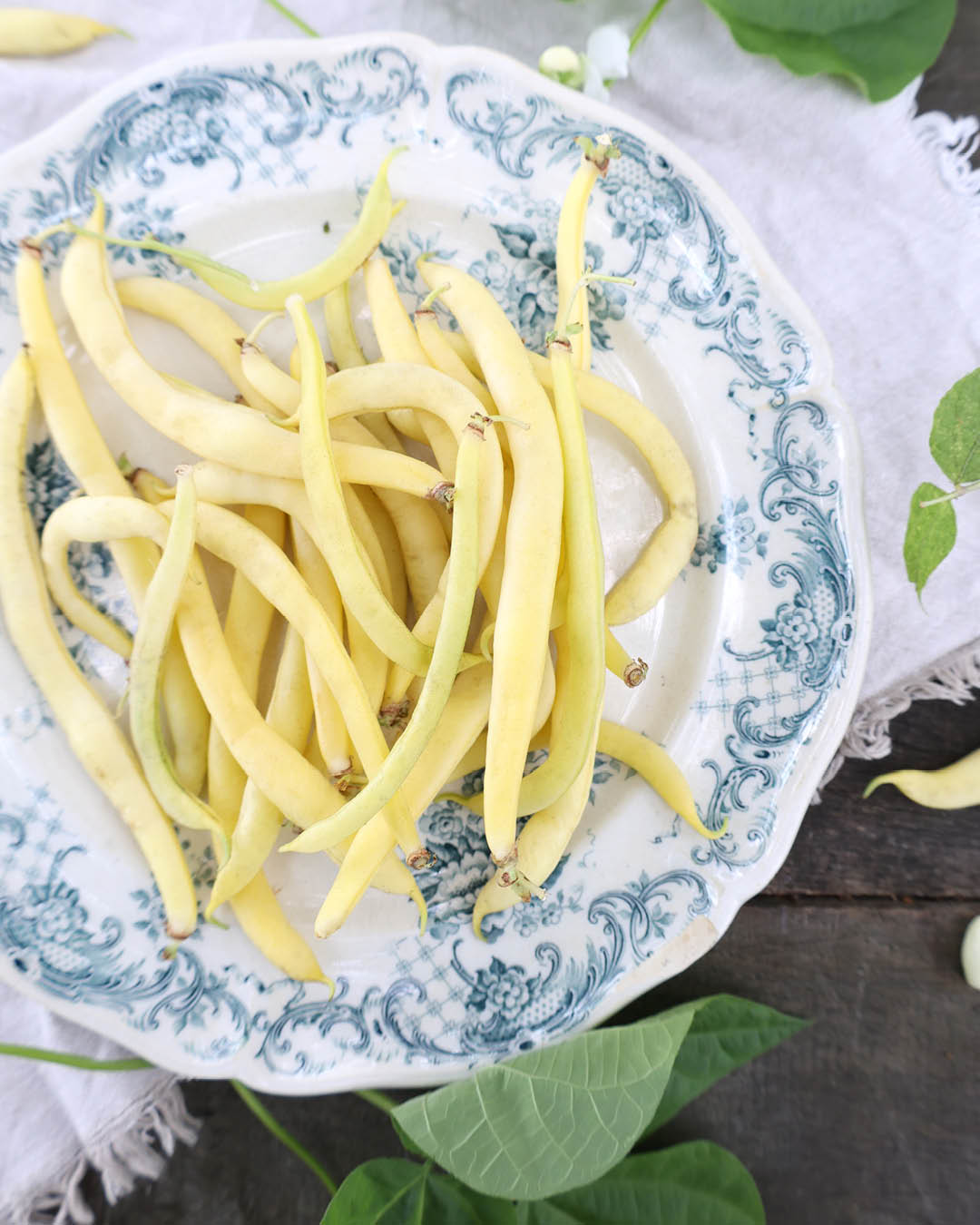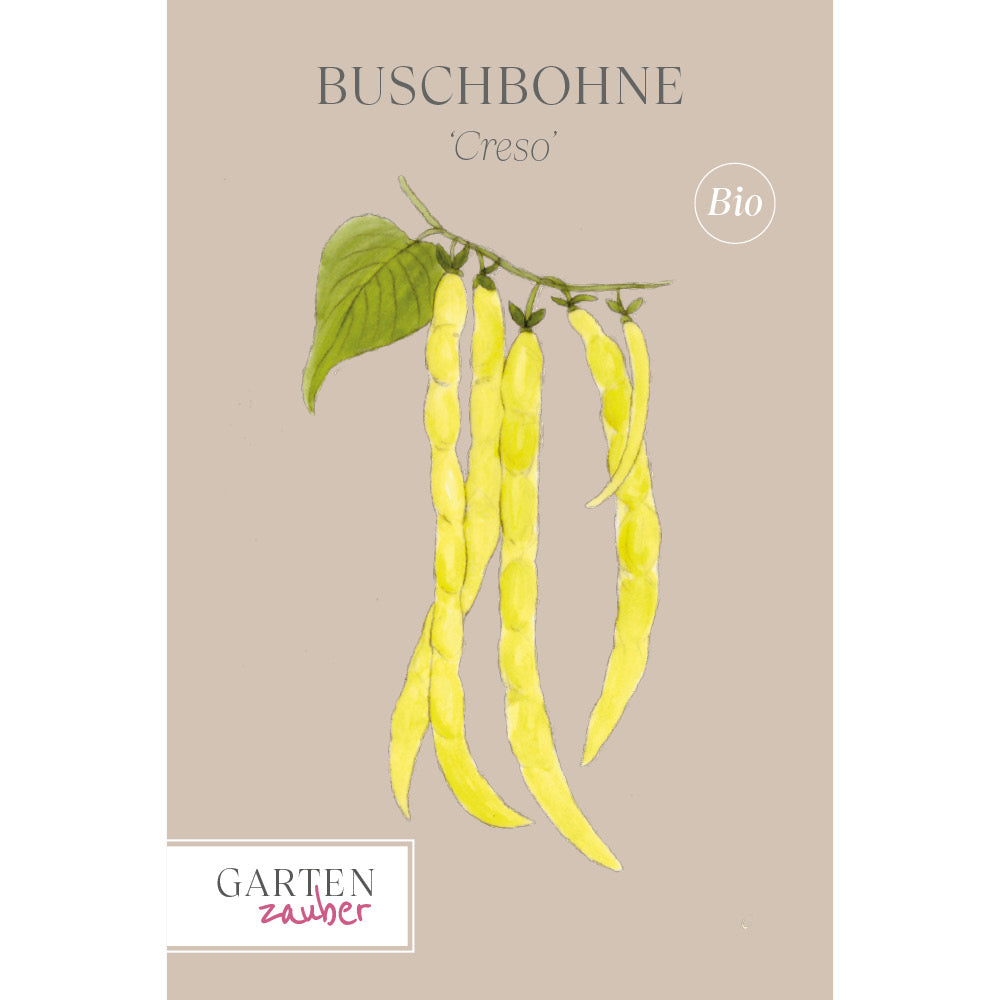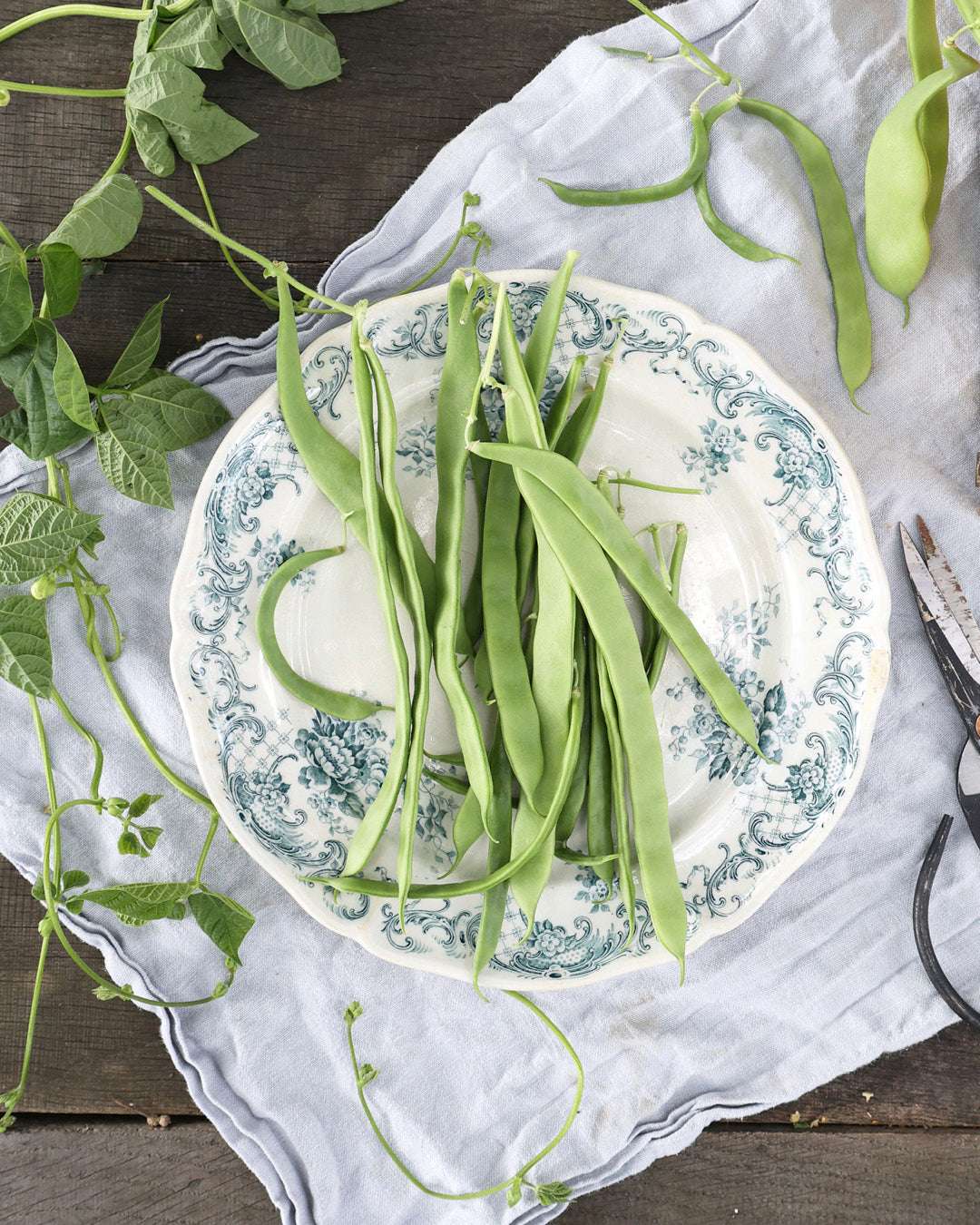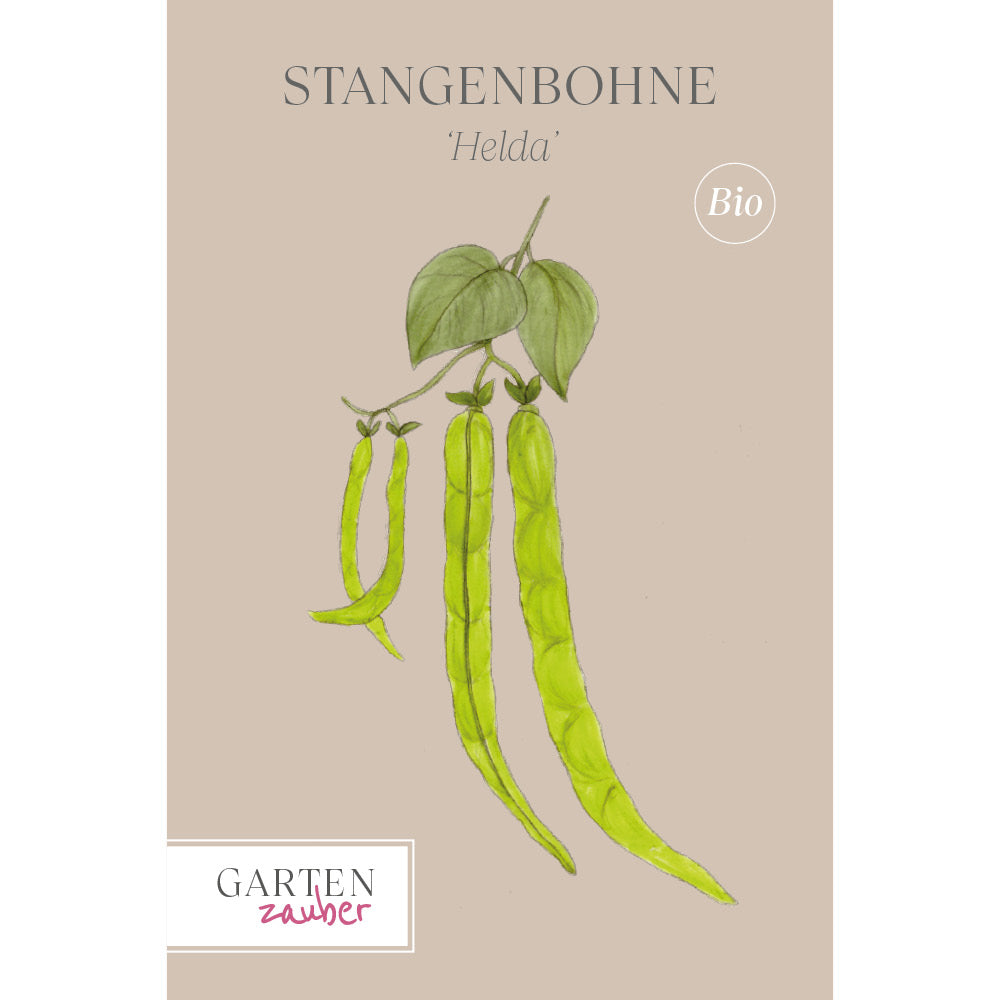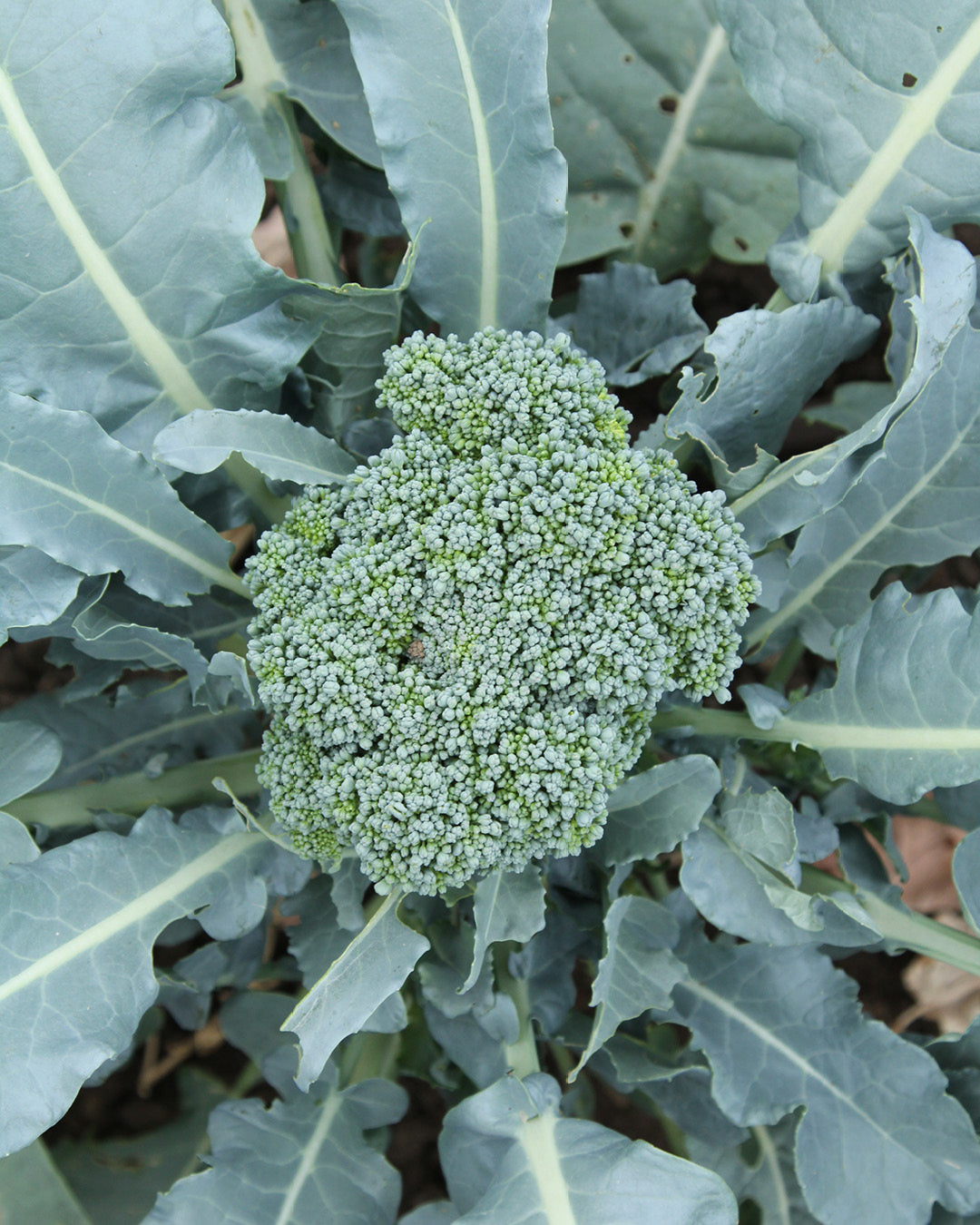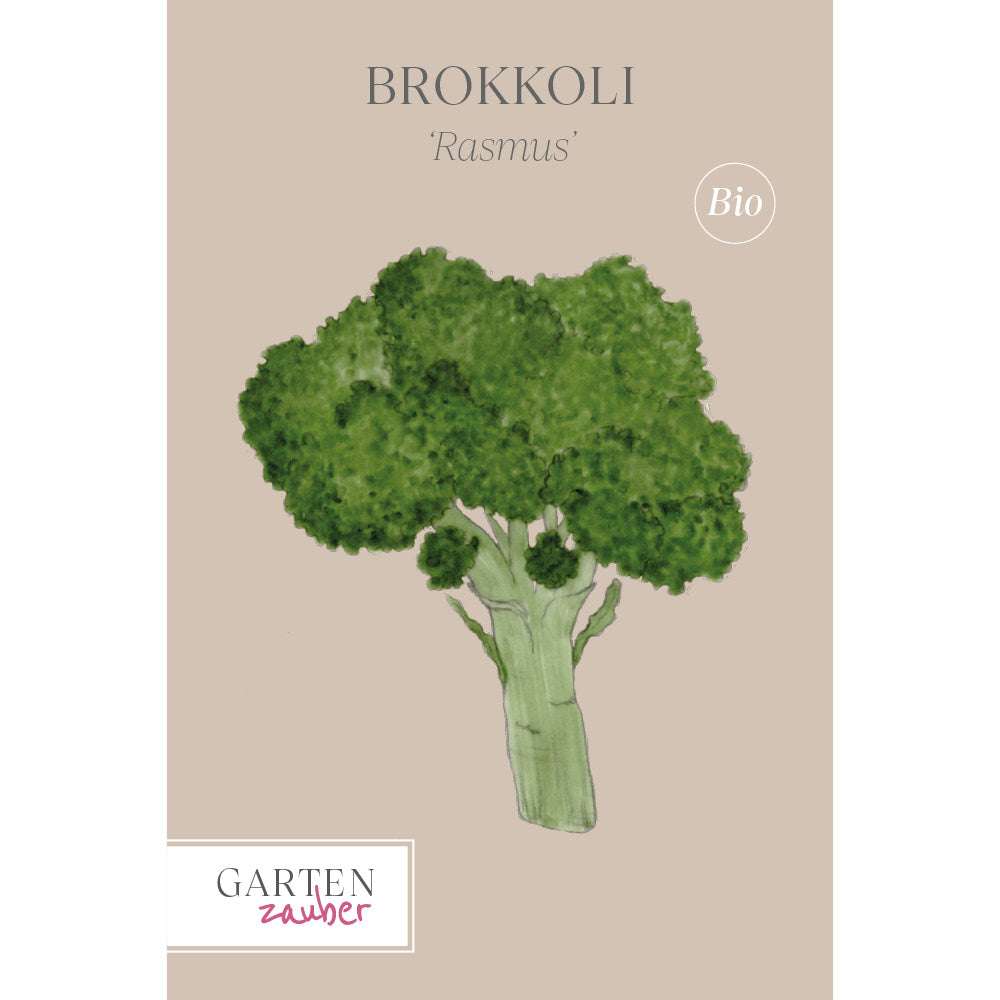Filling a raised bed correctly
Raised beds are back in fashion. They provide ideal growing conditions for vegetables and make gardening much easier. To ensure your plants have the best conditions to thrive and you get a bountiful harvest, the raised bed needs to be filled with varying layers of compost and soil. We'll show you how!
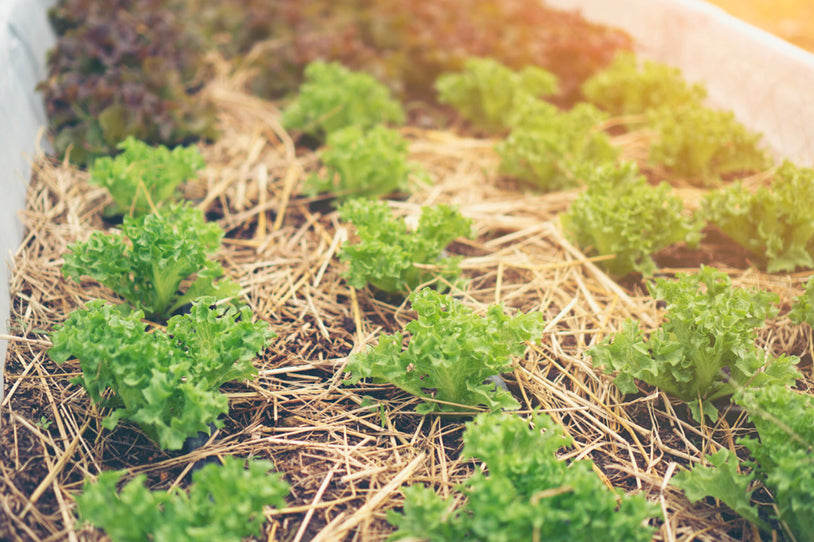
Fill the raised bed
Once the raised bed is finished, it's ready to be filled. The following methods utilize various organic materials. This ensures you have a nutrient-rich substrate for your plants. It's okay if you don't have enough compost or garden soil to fill the raised bed: you don't need either for the composting or filling methods.
The standard method
I usually fill new raised beds with a 1:1 mixture of compost (or rotted manure) and topsoil. If you don't have much compost, fill the bed with garden soil up to 10 cm below the rim and add a 5 cm layer of compost on top. Promote plant growth with liquid fertilizer and mulch the bed with a layer of compost every fall.
The composting method
Here, the bed itself serves as a compost heap. Although you can't plant anything until the second year, you'll get a very nutrient-rich substrate!
- Year 1: Fill the bed with easily decomposing materials, such as grass clippings and kitchen scraps. Twigs and wood chips are not recommended. The material should be well layered, thoroughly mixed at the beginning of each month, and covered with cardboard during the winter.
- Year 2: If you'd like to start growing something now, cut gaps in the cardboard box in May and plant zucchini plants. They require plenty of nutrients but little root space. Expect a massive harvest.
- Year 3 Now you can plant the bed as you wish.
The filling method
This method, based on the raised bed method (see below), makes good use of the topsoil beneath the lawn. However, you'll need a lawn on which to create the raised bed, as well as coarse organic matter to fill the hole (I use wood chips).
- Mark the location of the raised bed. Remove the turf and about 15 cm of soil.
- Place sod in the bottom of the hole, then set up the raised bed. Fill the hole and bed with organic matter up to 5–10 cm above the bottom edge of the boards – it will settle over time.
- Add the soil that was previously under the turf. Finally, fill the raised bed with home-made compost, if available.
The raised bed method
You don't need vast amounts of soil and compost for this, as it builds up different layers of organic matter. This method is particularly suitable for taller raised beds and relies on the materials gradually decomposing, ensuring long-lasting, sustainable access to nutrients for the crops. The bed also retains moisture for a long time during dry periods.
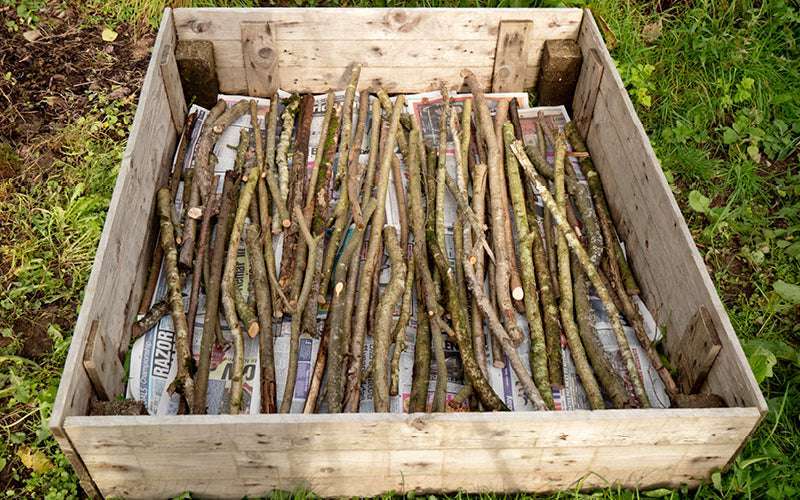
First, lay newspaper or, even better, plain cardboard on the bottom of the bed to prevent grass or weeds from growing through. Then line the bottom of the bed with branches (approx. 3–5 cm in diameter). Logs can also be used, as long as their diameter is no larger than one-third of the bed height.
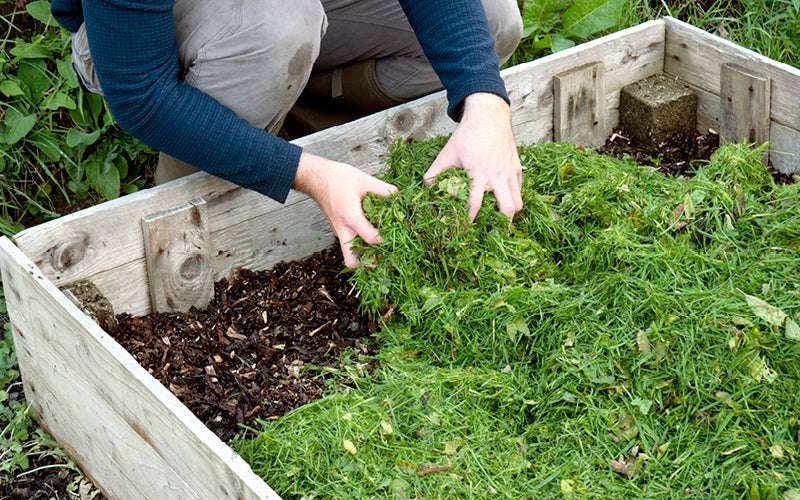
Then, place a thick layer of wood chips on top of the branches, followed by a layer of straw, grass clippings, and stable bedding or autumn leaves (in any proportions) until the bed is two-thirds full. These materials are lightweight and will therefore sag.
Finally, fill the bed completely with a 1:1 mixture of topsoil and compost. Let the contents settle for at least a week—preferably two or three weeks—then refill with compost (at least 5 cm). The bed is now ready to plant.
Known?
Raised beds, in contrast to flat beds, are hilly beds with wood rotting inside, similar to a compost heap. This form of cultivation has been known for centuries in Germany and Eastern Europe.
← vorheriger Post: Planting herbs in pots – this is how basil, chives and lemon balm thrive on balconies and windowsills
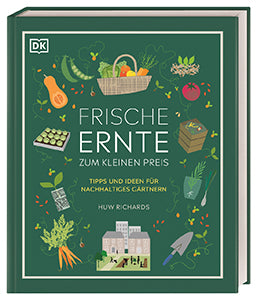
The content of this article is from the book:
Huw Richards
Fresh harvest at a low price
Tips and ideas for sustainable gardening
Price 16.95 €
ISBN 978-3-8310-4155-8
DK Publishing Dorling Kindersley
This gardening guide shows you how to sustainably grow fresh fruit, vegetables, and herbs on a small budget. A variety of tips guide you step by step along the path to a self-sufficient garden. You'll learn, among other things, how to create a kitchen garden, build a raised bed, or grow crops on a windowsill.

